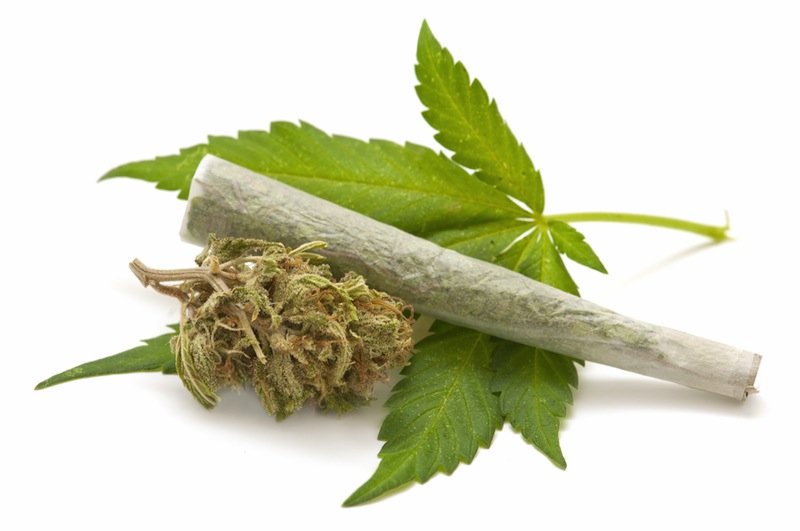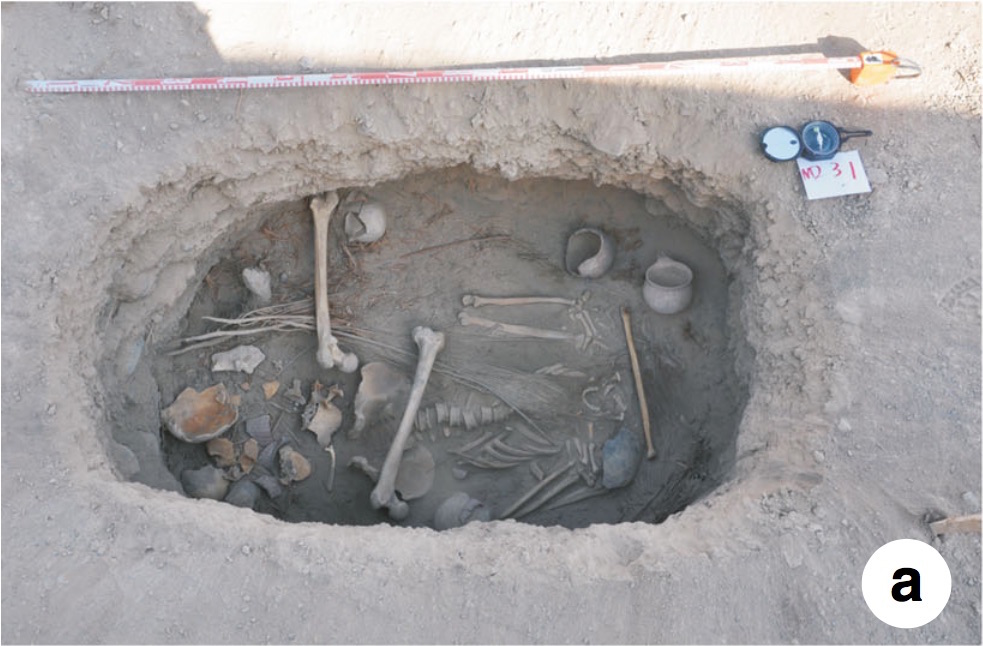25 Odd Facts About Marijuana
Did the Bard toke?

Maybe you've heard that we owe Hamlet and King Lear to a stoner. In 2001, an anthropologist reported that he'd discovered marijuana residue on the fragments of a pipe found in William Shakespeare's garden in England. Combining that discovery with an aside about a "noted weed" in the playwright's Sonnet 76, the anthropologist asked for permission to open Shakespeare's grave in 2011 and search for signs of cannabis in any hair or fingernails.
That never happened, though a ground-penetrating radar survey in 2016 revealed that Shakespeare's corpse probably doesn't have any hair anyway — his skull is most likely missing.
First transcontinental marijuana trade

The world's first-known pot dealers were the nomads of the Eastern European Steppe, according to a 2016 study.
The Yamnaya, traders from what is now Russia and Ukraine, may have traded cannabis throughout Europe and East Asia around 5,000 years ago, the researchers found. The plant itself was in use in both Europe and Asia at least 10,200 years ago and grew naturally across both continents. But the archaeological record shows a spike in cannabis use in East Asia around 5,000 years ago, right around the time when the nomadic Yamnaya established a trade route across the steppes. Yamnaya sites show signs of cannabis burning, suggesting they may have brought the habit of smoking marijuana with them as they moved about.
Taking it to the grave

Around 2,700 years ago, a 45-year-old man died, probably in the highlands of the Tianshan Mountains in Xinjiang, China. Shortly thereafter, his bones were taken and interred in a cemetery in the Gobi Desert, called Yanghai. Alongside his body, someone placed a bag and a bowl of 28 ounces (789 grams) of Cannabis sativa, according to researchers who studied the remains and wrote about their findings in 2008 in the Journal of Experimental Botany.
Preserved by dry desert conditions, the plant matter was still tinted green, though it didn't have the distinctive cannabis smell. (Nor did its seeds germinate into plants — the researchers tried!) The strain appeared to be domesticated based on the size and shape of its seeds, and a molecular analysis revealed compounds that included cannabidiol, cannabichromene and cannabicyclol. The plant in the bowl had been slightly ground, suggesting that it was being used for "medicinal or mystical attributes," the researchers wrote.
Buried in hemp

Around the same time that the 45-year-old man went to his eternal rest next to a stash of pot, another man in a neighboring cemetery had a similar, if slightly stranger, burial. In October 2016, researchers reported that they'd found the grave of a 35-year-old man who'd been laid to rest under a shroud of cannabis.
Get the world’s most fascinating discoveries delivered straight to your inbox.
The grave was in Jiayi, a cemetery not far from Yanghai, in western China. Its occupant was a Caucasian man lying on a bed of wooden slats. Over his chest were 13 Cannabis sativa plants, draped diagonally from the man's chin to his pelvis. Researchers estimated the age of the burial at between 2,400 and 2,800 years old. It's unclear why the man was buried under a layer of cannabis, but the development of the uprooted plants suggests that he died in August or September.
Mind-altering green

Getting high might affect how you seen winning and losing. In a 2016 study, participants played a game in which they could win a few cents or lose a few dollars, depending how well they did. As they played, researchers scanned their brains, focusing on a small area called the nucleus accumbens that's responsible for processing rewards.
The study found that people who had used marijuana more showed weaker nucleus accumbens responses to the prospect of winning than people who'd used the drug less. Of course, the study couldn't prove that marijuana use directly caused the brain changes — it could be that there is some third cause of both, or an underlying reason why someone with a lessened reward response might gravitate toward marijuana use, the researchers said.
Original article on Live Science.

Stephanie Pappas is a contributing writer for Live Science, covering topics ranging from geoscience to archaeology to the human brain and behavior. She was previously a senior writer for Live Science but is now a freelancer based in Denver, Colorado, and regularly contributes to Scientific American and The Monitor, the monthly magazine of the American Psychological Association. Stephanie received a bachelor's degree in psychology from the University of South Carolina and a graduate certificate in science communication from the University of California, Santa Cruz.


